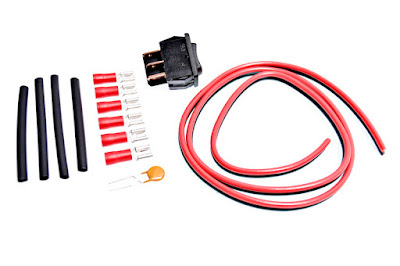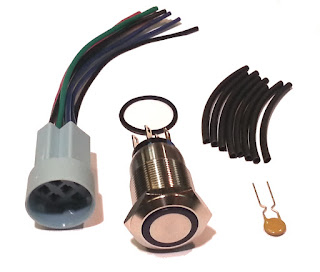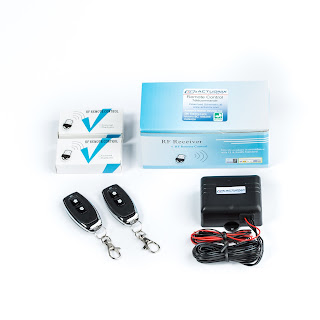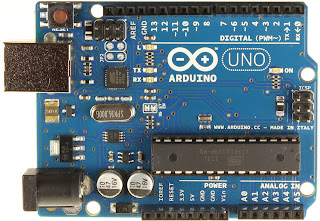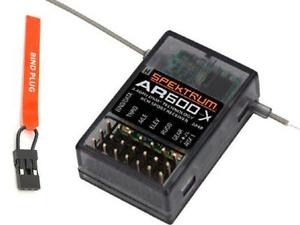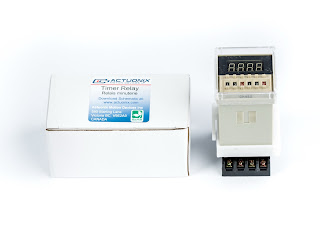Below you will find ten different options for controlling linear actuators. This list is intended to give you an overview of what's possible for linear actuator control. It's not exhaustive, there are other options, but these are the ones that will work for most people.
 10 Different Options For Controlling Linear Actuators
10 Different Options For Controlling Linear Actuators

Article from | Actuonix Motion Devices
If you're new to linear actuators, you might not realize that there are many different options for linear actuator control. Long gone are the days where all you could get was a simple 2-wire device that operates via reversing polarity. Those are still available of course but manufacturers are offering a variety of different input modes to cater to hobbyists, arduino enthusiasts as well as the technical needs of equipment manufacturers.
Below you will find ten different options for controlling linear actuators. This list is intended to give you an overview of what's possible for linear actuator control. It's not exhaustive, there are other options out there but these are the ones that will work for most people.
Rocker Switch
Push Button
Wireless Remote Controller
Photocell
Potentiometer
RC
PWM
Using P series linear actuators with an LAC board, you can control the actuator with a single digital output pin from an external microcontroller. The desired actuator position is encoded as the duty cycle of a 3.3 Volt, 1 kHz square wave on LAC connector X6 pin 5, where the percent duty cycle sets the actuator position to the same percent of full stroke extension. 100% duty cycle represents full extension, and 0% duty cycle represents full retraction.
USB
If you want to control your actuator from your computer, we've got you covered. Our USB configuration software allows you to send commands to your actuator right from your Windows computer. This can be useful for product development and testing where you have a computer nearby and want to be able to experiment with different settings on the fly.
4-20 mA Interface Mode
This is one of the five control modes supported by our LAC board. This mode is compatible with PLC devices typically used in industrial control applications. Most consumers won't use this option so I won't go into detail here. For more info on how to use this control mode, see our LAC board data sheet.
Timer Relay
This article was originally published on the Actuonix blog.
The content & opinions in this article are the author’s and do not necessarily represent the views of RoboticsTomorrow
Featured Product


